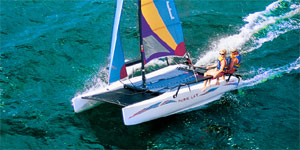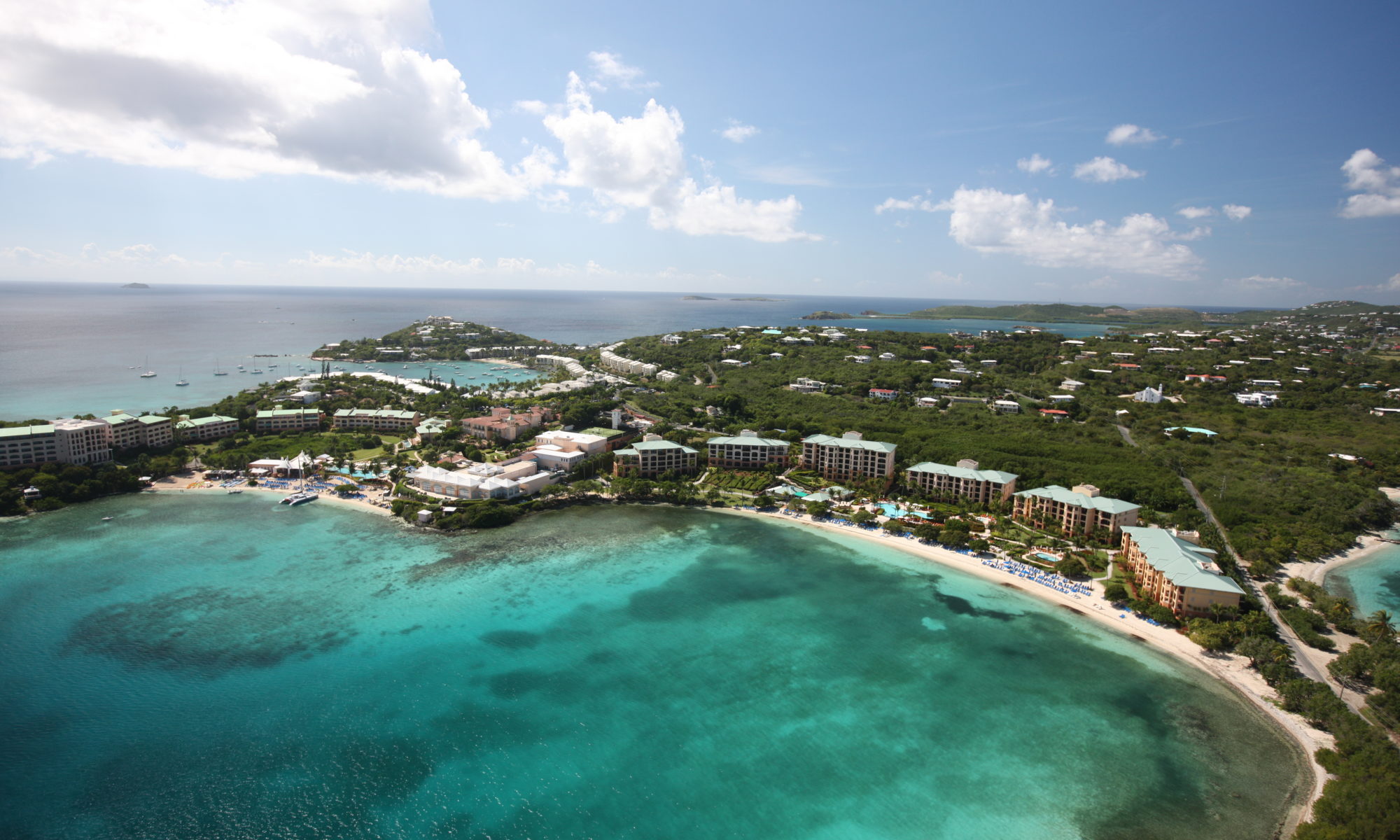Exciting Secluded Excursions: How to Get Started Sailing
Out on the water, sailing can be exciting, invigorating, relaxing or challenging. Sailing can also be private and secluded, making it perfect for a remote vacation. Best of all, getting started is easy!
Select Your Sailboat
Sailing includes a wide range of boat types, and any would be appropriate for a beginner to start sailing. There are many options when choosing a boat to get started sailing with:
Small Sailing Boats – “Centerboards” and “Daysailing Keelboats”
Small boats, for many, are a simple and inexpensive way to get started in sailing. It is here that the basics of sailing are most easily learned. Some small boats are designed specifically for youth, but most provide a lifetime of enjoyment for adults too.
Generally, small boats, are under 25 feet in length. They include a wide assortment of dinghies (open cockpit), daysailers (with foredecks and gear enclosures) and small day sailing keelboats. Because of their size and simplicity, many small sailboats can be sailed single handed or with a single crewmember. Their performance, depending on design, may range from ‘stable and relaxing’ to ‘wet and wild’.
Many instructional programs teach on and/or rent small boats including a majority of community sailing programs, most yacht club junior programs, and an assortment of aquatic centers, camps, parks & recreation departments, Y’s, Scout programs, university and military recreation facilities.
Keelboats – “Basic Keelboats to Large Cruising Yachts”
The term ‘Keelboat” refers to those sailboats which have a weighted keel (the vertical fin at the bottom of the boat) . So, “basic” keelboats are most commonly larger than the centerboard and dinghy class of vessel and start at about 20′ in length and go up to about 30′ in length.
Beyond the “basic” keelboat, the term keelboat continues to describe sailing vessels and yachts through much larger sizes. A common way of describing the next class of keelboats from about 30′ – 60′ is “Cruising” keelboats. All cruising keelboats have auxiliary engines, with most over 30′ in length employing an inboard diesel engine. Most over 30’ usually have a wheel steering system. Also, these cruising vessels are usually set up for the possibility of multiple day trips aboard and include many of the modern conveniences found in a home: pressurized hot and cold water, cooking facilities – oven and stove, sleeping quarters, and private bathrooms with showers.
Windsurfers
Windsurfers are a fun and affordable way to experience the thrill of sailing. Typically, windsurfers are “boards”, much like a surfboard. They come in various sizes and widths, which help define the level of skill needed to ride each one. The beginning windsurf boards are wider and longer than the advanced boards and are great for people new to the sport. Colorful, fast, and close to the water, windsurfing is enjoyed by people of all ages.
Multihulls
While traditional sailing is fun, there is nothing like the thrill and excitement of sailing a multihull, big or small. Multihulls come in quite a variety – there are catamarans (those with two hulls) and trimarans (those with three hulls). They also come in many sizes. For example, catamarans can be as small as 9 feet in length and have been built to over 100 feet. Most smaller cats are referred to as beach cats, running in size from about 13 feet to around 21 feet.
Above the 21-foot category is a plethora of multihulls (both cats and tris) that are designed for a vast number of purposes. Some are designed to be light, fast and are usually used for racing. Others are designed with lots of room, heavily built and are great for cruising because they have so much living space within them, plus an awesome amount of deck space. For the cruiser, you simply cannot beat the room below and on deck; the comfort of not rocking-and-rolling at anchor; and the best part of multihulls is they are not always leaning over when there is wind.
Where to Charter a Sailboat
Now that you know more about what kind of boats are available and what best suits your needs and wants, here are a few organizations to help you get started on the water:
Member Organizations
| Name | City | State | Zip | Accredited |
| Commercial Sailing Program | ||||
| Island Sol | St. Thomas | VI | 00802 | |
| Offshore Sailing School | Tortola | BVI | ||
| Rob Swain Sailing School | Road Town, Tortola | BVI | ||
| Yacht Club / Sailing Club | ||||
| St Croix Yacht Club | Christiansted | VI | 00820 | |
| St Thomas Yacht Club | St Thomas | VI | 00802 |
Non-Member Organizations
| Name | City | State | Zip | Accredited |
| Bitter End Yacht Club | Virgin Gorda | BVI | ||
| Frederiksted Community Boating | Frederiksted | VI | 00840 | |
| Jones Maritime Co | Christiansted, St. Croix | USVI | 00802 | |
| Royal British Virgin Islands YC | Tortola | – | ||
| Sail Safaris | St John | VI | 00831 | |
| St Croix Sailing School & Charters | Frederiksted | VI | 00840 | |
| St John Yacht Club | St John | VI | 00831 |






Great article! I have always found that the best time to start sailing is on holiday somewhere warm, where you can fall in the water without getting the chills. Then once you know you like it, you should find a lake or reservoir near your home which is likely to have a friendly sailing club you can join.